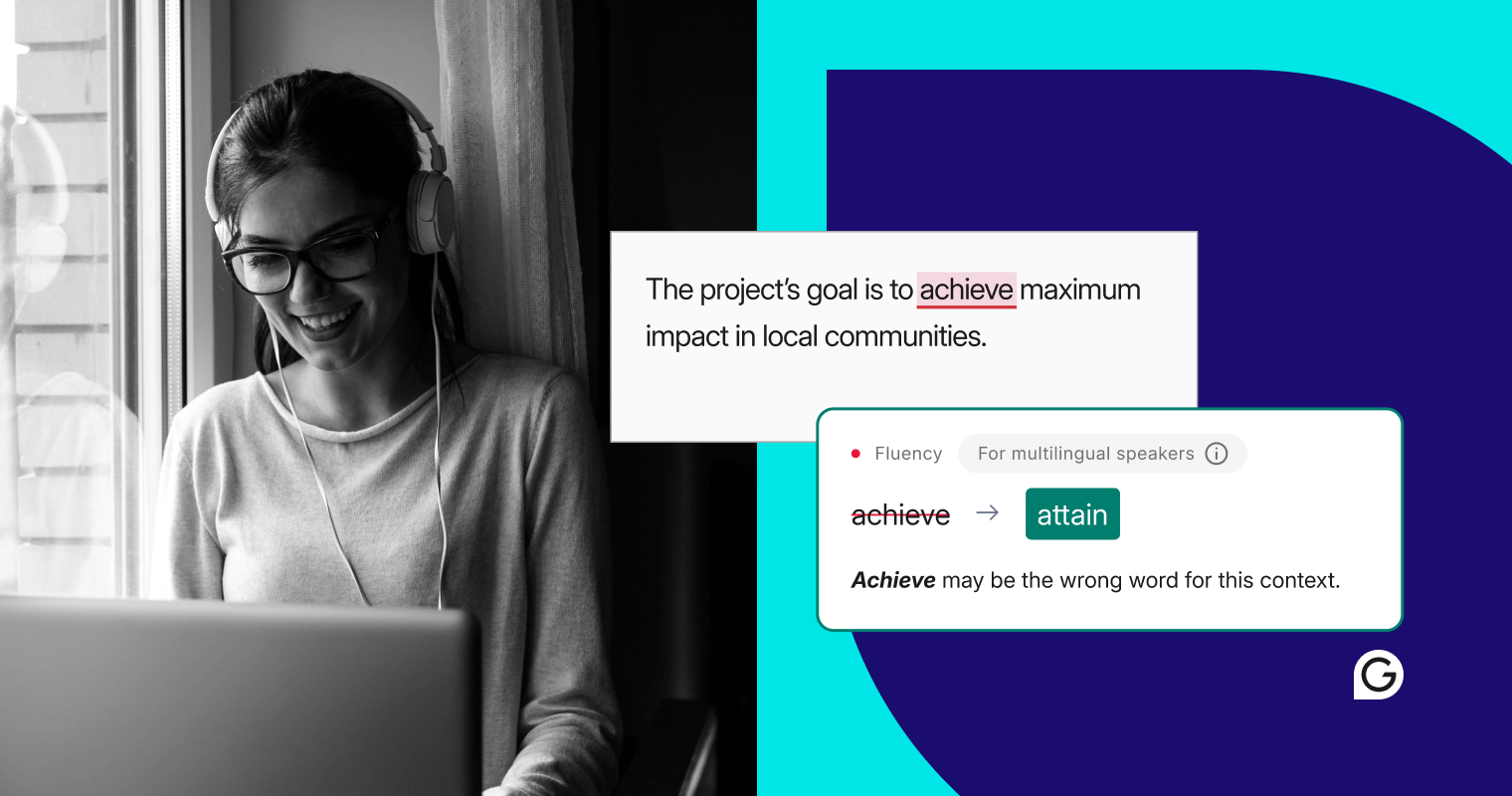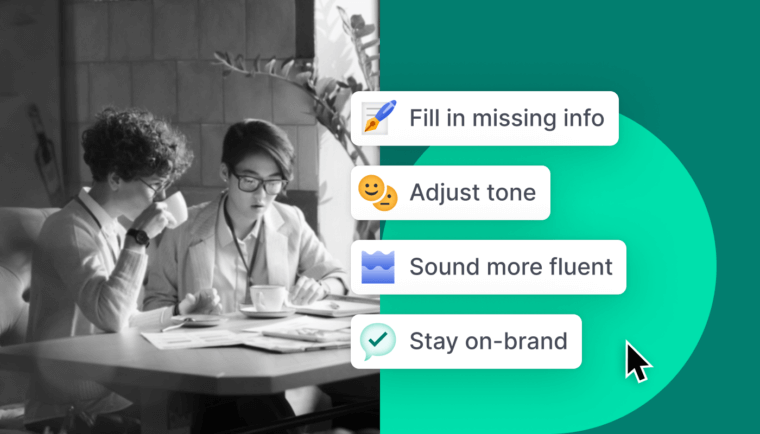
Taking a well-earned vacation from work is meant to allow employees to decompress from the stress of their jobs and return recharged. However, some workers experience a common phenomenon called post-holiday blues, or post-vacation depression, after taking paid time off (PTO).
Although post-vacation depression isn’t a clinical disorder, feeling stressed and overwhelmed when going back to work after vacation is a sentiment that professionals widely experience. A Tripadvisor survey found that 34 percent of 1,400 U.S. respondents said that returning from a leisurely trip led to feelings of melancholy.
Addressing tasks and emails that you might have accumulated while you were away can feel exhausting. You might have lowered productivity as you reacclimate to your work duties and everyday routine.
Avoiding overwhelm can be possible with a few strategies, like delegating tasks while you’re away and setting realistic expectations for yourself leading up to, during, and after your vacation.
Why returning from vacation can be overwhelming
There are a handful of reasons you might be struggling with anxiety, fatigue, listlessness, or irritability when returning from your time off.
- The accumulation of work: Although you might have hit pause on your work duties, your company’s day-to-day operations must continue. If your oversight or approval is an integral part of the process, you might have tasks with tight deadlines that piled up.
- Feeling disconnected from projects: Not being apprised of work updates, like pending deliverables or issues while you’re out of the office, can result in feeling out of sync or disjointed from projects and your team when you come back.
- The pressure to catch up quickly: A desire to maintain strong work performance—despite the days missed for deserved time off—can put pressure on professionals to “make up” for perceived loss of productivity.
9 strategies for avoiding overwhelm when returning from vacation
1 Ease back into work gradually.
Gradually get back into your work rhythm after a vacation. If you have enough PTO, you might even take an extra day off before returning to work to fully wind down from the whirlwind of traveling. Some professionals call this “taking a vacation from your vacation.”
When you return to work, preemptively keep your first day back clear of meetings or strenuous projects. You’ll likely need the day to reorient yourself to your typical routine and determine which tasks require your attention.
2 Prioritize and organize tasks.
Use a prioritization method, like the Eisenhower Matrix, to help you organize which tasks you’ll tackle first when coming back to work after vacation. The Eisenhower Matrix divides tasks into four quadrants:

- Quadrant 1: Do – Tasks that are urgent and important, like if a key client is experiencing a payment processing bug that’s preventing them from making online sales.
- Quadrant 2: Decide – Tasks that are not urgent but are important, like writing annual performance reviews for the employees who report to you.
- Quadrant 3: Delegate – Tasks or requests that are urgent but less important. Often, these tasks can or should be performed by someone else. A colleague might request details for a project one of your team members leads.
- Quadrant 4: Delete – This quadrant identifies tasks and asks that are neither urgent nor important so you can avoid time-suck pitfalls. This might include meticulously reading unimportant emails and attending meetings that don’t require your attention.
3 Set realistic expectations for yourself.
It’s impractical to expect you’ll get seven days’ worth of work and emails on your first day back from a weeklong vacation. Set yourself up for success by establishing realistic expectations when you return to work.
Consider sharing these expectations with your manager. Ensuring that you’re both aligned about what a realistic return-to-office workload looks like can ease some of the pressure you put on yourself.
4 Use technology to help manage your workflow.
Depending on your line of work, you might have access to project management tools and software designed to streamline your tasks. Programs like Trello, Asana, and even simple digital calendar to-do lists can help you stay on top of overlapping project timelines and action items.
Many of these tools also have reminder and automation features, so key tasks don’t fall through the cracks.
Managing email overload after vacation
5 Tackle emails strategically.
Determine which emails need to be prioritized. This might include emails about high-impact projects that urgently require your approval or deliverables, or emails from VIP clients that are integral to the business.
Filter out messages that don’t require a response or your immediate attention (for example, newsletters or emails you were copied on as an FYI).
6 Use templates for quick responses
You might receive recurring messages in your inbox that typically require the same information in your response. Create a custom email template specifically for this type of message.
7 Flag and schedule emails to address later
Use built-in email organization features, like flags, folders, and reply reminders. They let you declutter your inbox and offer distinct buckets about the types of actions each message requires.
For example, you might identify a red flag as an email that requires an immediate response, while a starred tag is used for emails that require a detailed reply that you’ll address later in the week.
How to avoid future overwhelm before your next vacation
8 Create a coverage plan.
Coming up with a coverage plan while you’re on vacation goes a long way in avoiding a task backlog to contend with when you return. Identify responsibilities that others on your team can take off your plate and determine the best candidate for each task.
Hand off project details they should be aware of, including deadlines, assets, and key stakeholders they might need to collaborate with.
If you need guidance with your coverage plan, speak to your manager. They may offer coverage suggestions to keep projects moving forward while you’re gone and to to help you avoid burnout after your trip.
9 Communicate boundaries with clients and teams.
Set expectations with your team, vendors, and clients in advance. Let them know your PTO dates, when you’re expected to return, and the next-best person to reach out to with questions, along with their contact information.
Setting up an automated out-of-office email message can help clearly communicate details about your availability. For example, be transparent if you expect to completely disconnect from work communications while on vacation. Mention that you might be a bit slow to respond to messages upon your return but will reply as soon as you’re able.
Quick takeaways
- Identify colleagues to whom you can delegate essential tasks while you’re on PTO.
- Prioritize your tasks, focusing on the most urgent items first.
- Don’t overextend yourself on your first day back; expect to spend that day getting up to speed on updates and projects.
- Take advantage of email organization features, like setting up filters, flagging important messages, and creating reminders.
- Establish realistic expectations about your post-vacation productivity—you likely won’t get to everything that’s piled up on your first day back!
Conclusion
You might still feel lingering pangs of post-vacation blues, but preemptive planning and leveraging time-saving tools can make the transition back to work smoother.
If you have an upcoming vacation planned, consider getting a head start with some of these strategies as soon as you request PTO from human resources or your manager. Taking these meaningful steps early can help you avoid burnout after your return and will go a long way toward maintaining a healthier work-life balance.
Vacation Overwhelm FAQs
How can I manage email overload after PTO?
Prioritize the urgent and important emails that are the unexpected “fires” that need to be addressed immediately to avoid larger consequences later. Afterward, add a time-block to your schedule to devote to less urgent emails.
Should I work extra hours to catch up after PTO?
Working extra hours after taking PTO counteracts the purpose of going on vacation. Instead of working extra hours, consider creating a realistic roadmap for scaling back to a pre-vacation workload.
What should I do if I feel overwhelmed on my first day back?
Expect to use your first day back to regain your bearings at work. Focus on one high-priority task at a time, and take your required breaks to get your work rhythm back gradually.
How can I ensure that my team covers my work during PTO?
Communicate with your colleagues about project statuses, tasks, due dates, and other key details that you’re handing off. To avoid workplace miscommunication, send each person a follow-up email about what you discussed and your delegated tasks.
What’s the best way to prevent overwhelm in the future?
The best way to avoid feeling overwhelmed in the future is by planning and collaborating with teammates about delegated tasks well in advance and setting expectations early on about when you can realistically respond to questions after your PTO.






